Tired of the loud thud of darts hitting your board? Finding the **most quiet dartboard** is crucial for apartment living, late-night practice, or simply keeping the peace. This article explores the quietest dartboard options available, along with tips and tricks to further dampen the sound of your game.
⚠️ Still Using Pen & Paper (or a Chalkboard)?! ⚠️
Step into the future! The Dart Counter App handles all the scoring, suggests checkouts, and tracks your stats automatically. It's easier than you think!
Try the Smart Dart Counter App FREE!Ready for an upgrade? Click above!
Choosing the **Most Quiet Dartboard**: What to Look For
When searching for the **most quiet dartboard**, several factors contribute to noise reduction. Understanding these elements will help you make an informed decision and enjoy quieter dart games.
Material Matters: Sisal vs. Electronic Dartboards
The material of the dartboard significantly impacts the noise level. Traditional **sisal dartboards** are generally quieter than electronic dartboards. Sisal, a natural fiber, absorbs the impact of the darts. However, the quality of the sisal and the tightness of its weave play a role. A densely packed sisal board will generally be quieter than one with looser fibers.
Electronic dartboards, while offering features like automatic scoring, often produce more noise due to the plastic segments and the electronic components within. The sound of the dart impacting the plastic, combined with the clicking of the scoring mechanism, can be quite loud.
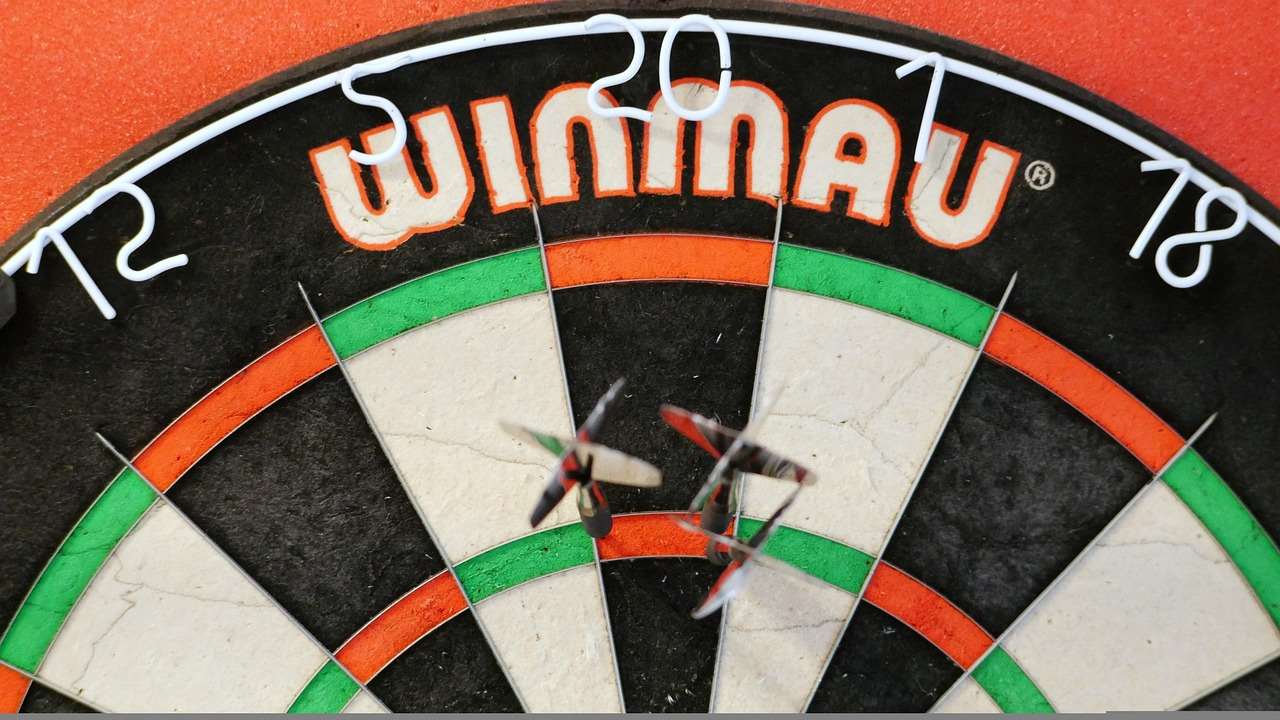
Board Construction and Density
The construction of the dartboard, including the density of the sisal and the backing material, affects its sound dampening capabilities. A thicker, denser board will absorb more impact and produce less noise. Look for boards that are advertised as having high-density sisal or reinforced backing.
Consider dartboards with a self-healing surface. These boards are designed to close up the holes created by the darts, which helps maintain the density and sound-absorbing properties of the sisal over time.
Top Picks for the **Most Quiet Dartboard** on the Market
While claiming any dartboard is *completely* silent is misleading, some models are significantly quieter than others. Here are a few top picks known for their noise-reducing features:
- Winmau Blade 5/6 Triple Core Carbon: The Winmau Blade series is renowned for its high-quality sisal and innovative design. The Triple Core Carbon version features a carbon fiber layer that helps absorb impact and reduce noise.
- Unicorn Eclipse HD2 Pro: The Unicorn Eclipse HD2 Pro is another popular choice among serious dart players. Its high-density sisal and thin wire construction contribute to quieter gameplay.
- Viper Shot King Regulation Bristle Dartboard: A great value board with tightly packed sisal for good dart retention and noise reduction. This board offers excellent performance at an affordable price.
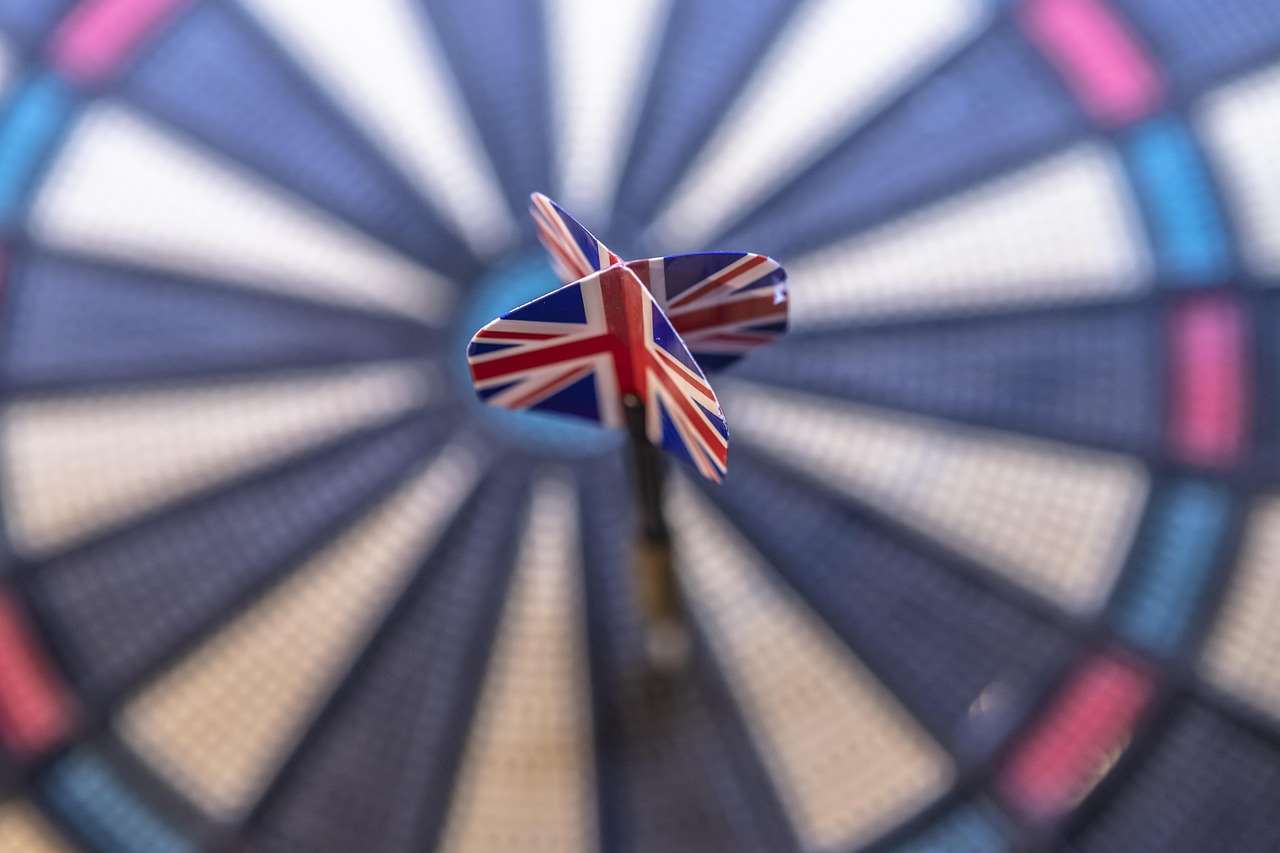
Remember to research current models and read reviews to find the best **most quiet dartboard** for your specific needs and budget. Consider looking at independent tests measuring decibel levels of dart impacts.
The Role of Dart Weight and Type
The weight and type of darts you use can also influence the noise level. Lighter darts may produce less impact noise than heavier darts, although this is a minor factor compared to the dartboard itself. Darts with smoother points may also create less noise upon impact. You might consider winmau super tune up darts accessory kit for maintaining your darts.
Strategies to Further Reduce Dartboard Noise
Even with the **most quiet dartboard**, you can implement several strategies to minimize noise and keep your gaming sessions discreet.
Dartboard Surround: A Sound Dampening Shield
A dartboard surround is a padded ring that surrounds the dartboard, protecting your wall from stray darts. More importantly, it acts as a sound dampener, absorbing a significant amount of the impact noise. Surrounds come in various materials, including foam, rubber, and cork. A thicker surround will generally provide better sound insulation.
Wall Mounting and Vibration Isolation
The way you mount your dartboard can significantly impact the noise level. Mounting the dartboard directly to a wall can transmit vibrations throughout the structure, amplifying the sound. Instead, consider using a vibration-isolating mounting system. This involves using rubber or foam spacers between the dartboard and the wall to dampen vibrations.
Ideally, mount your dartboard on a stud in the wall. If that’s not possible, use wall anchors designed for heavy objects. Make sure the board is securely mounted to prevent it from wobbling, which can also contribute to noise. You can find darts stand package options for easier setup.
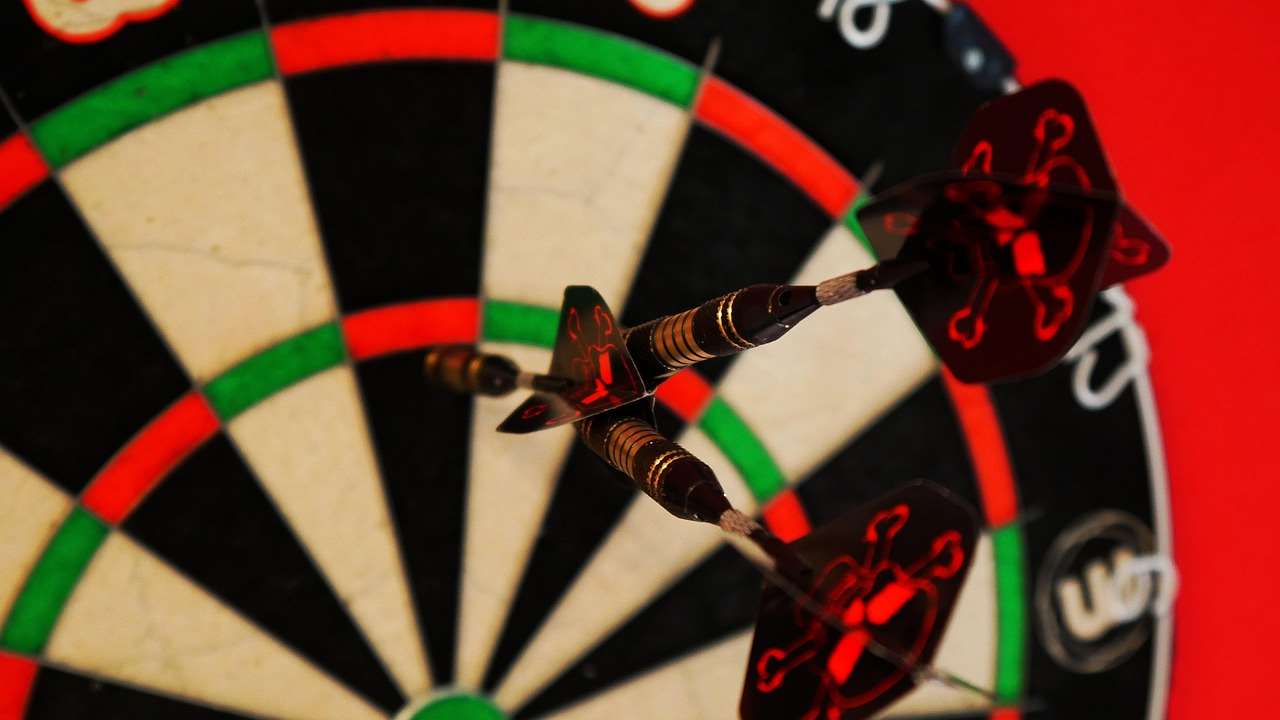
Soundproofing the Wall Behind the Dartboard
For serious noise reduction, consider soundproofing the wall behind the dartboard. This can involve adding mass-loaded vinyl, acoustic panels, or even building a dedicated soundproof enclosure. This is a more extensive solution but can be highly effective in preventing noise from travelling through walls.
Adding a Backboard
A backboard behind the dartboard is another excellent way to further reduce noise. This can be a simple sheet of plywood, corkboard, or even a purpose-built dartboard cabinet. The backboard provides an extra layer of sound absorption and protects the wall from stray darts. Ensure the backboard is securely attached to the wall to prevent vibrations.
Electronic Dartboards: Can They Be Quiet?
While sisal dartboards generally offer superior noise reduction, electronic dartboards have their advantages. If you prefer the features of an electronic dartboard, there are still ways to minimize the noise.
Choosing a Quieter Electronic Dartboard
Some electronic dartboards are designed with noise reduction in mind. Look for models that use softer plastic segments or have internal dampening mechanisms. Read reviews carefully to see what other users say about the noise level.
Modifying an Electronic Dartboard for Noise Reduction
You can also modify an electronic dartboard to reduce noise. This may involve adding foam padding to the back of the board or using sound-dampening materials around the electronic components. Be careful when modifying an electronic dartboard, as you don’t want to damage the electronics.
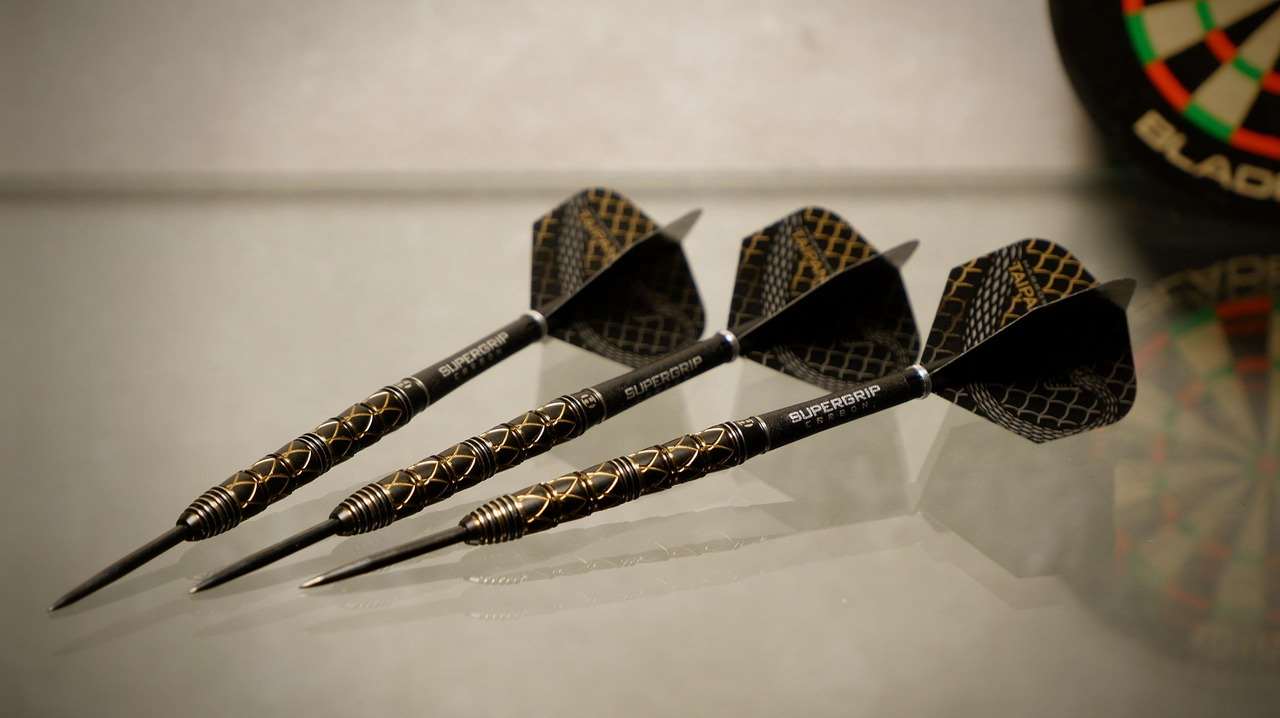
Utilizing a Dart Mat
A dart mat not only protects your floor from stray darts, but it also helps to absorb some of the impact noise. Look for dart mats made from thick, dense materials like rubber or foam. Place the mat directly in front of the dartboard to create a cushioned surface for the darts to land on. You may find some options on swiss point darts on sale.
Maintenance for a Quieter Dartboard
Proper maintenance can help keep your dartboard quiet and extend its lifespan. Here are a few tips:
- Rotate the dartboard regularly: This helps to distribute wear evenly and prevents certain areas from becoming overly worn, which can increase noise.
- Remove loose fibers: Regularly remove any loose sisal fibers from the dartboard. These fibers can vibrate and contribute to noise.
- Keep the dartboard dry: Moisture can damage the sisal and make the dartboard louder.
Conclusion: Enjoying Quieter Dart Games
Finding the **most quiet dartboard** is possible with the right knowledge and strategies. By considering the material, construction, and mounting techniques, you can significantly reduce the noise level of your dart games. Remember to utilize sound-dampening accessories like dartboard surrounds and vibration-isolating mounts. For even quieter play, consider soundproofing the wall behind the dartboard. Ready to reduce the noise and improve your game? Find the perfect quiet dartboard and accessories today. Download the Best darts scoring app.
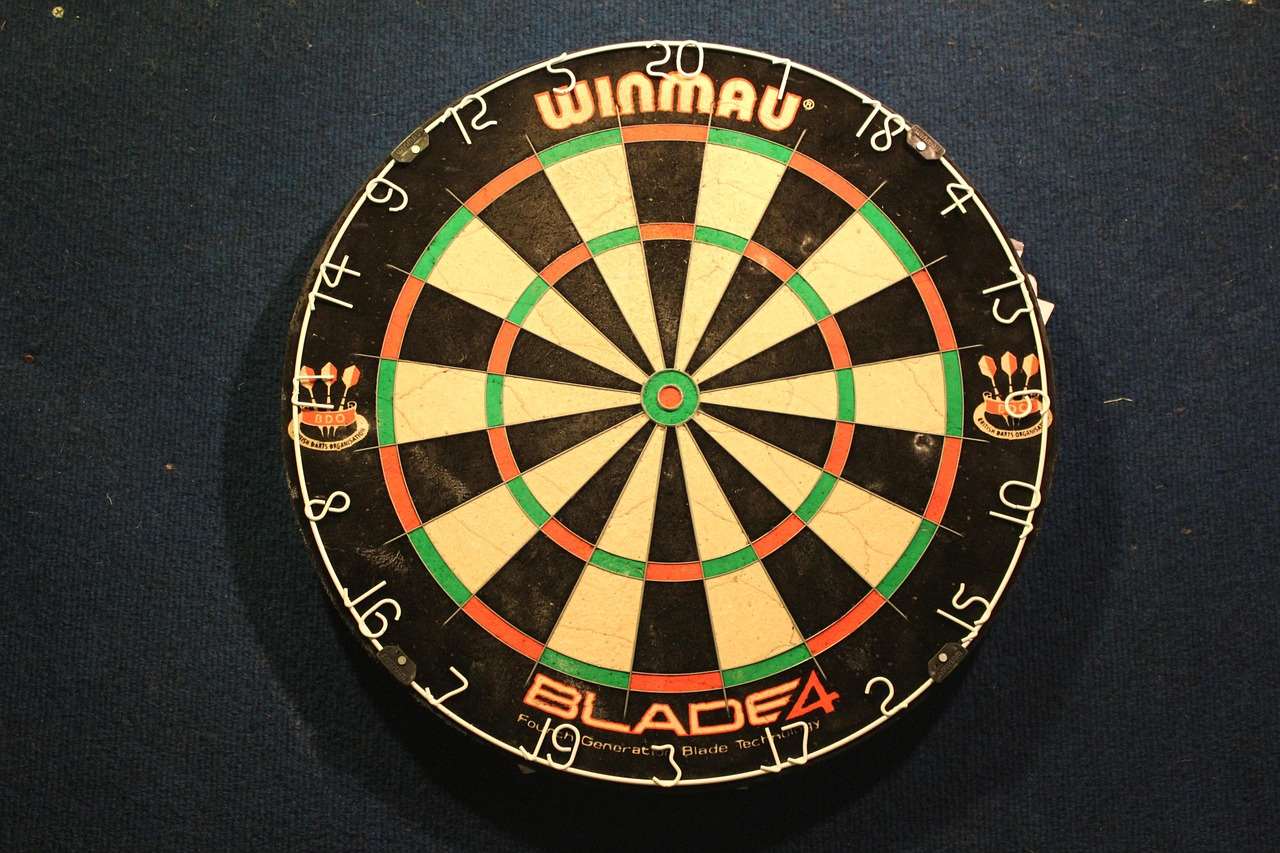
Hi, I’m Dieter, and I created Dartcounter (Dartcounterapp.com). My motivation wasn’t being a darts expert – quite the opposite! When I first started playing, I loved the game but found keeping accurate scores and tracking stats difficult and distracting.
I figured I couldn’t be the only one struggling with this. So, I decided to build a solution: an easy-to-use application that everyone, no matter their experience level, could use to manage scoring effortlessly.
My goal for Dartcounter was simple: let the app handle the numbers – the scoring, the averages, the stats, even checkout suggestions – so players could focus purely on their throw and enjoying the game. It began as a way to solve my own beginner’s problem, and I’m thrilled it has grown into a helpful tool for the wider darts community.